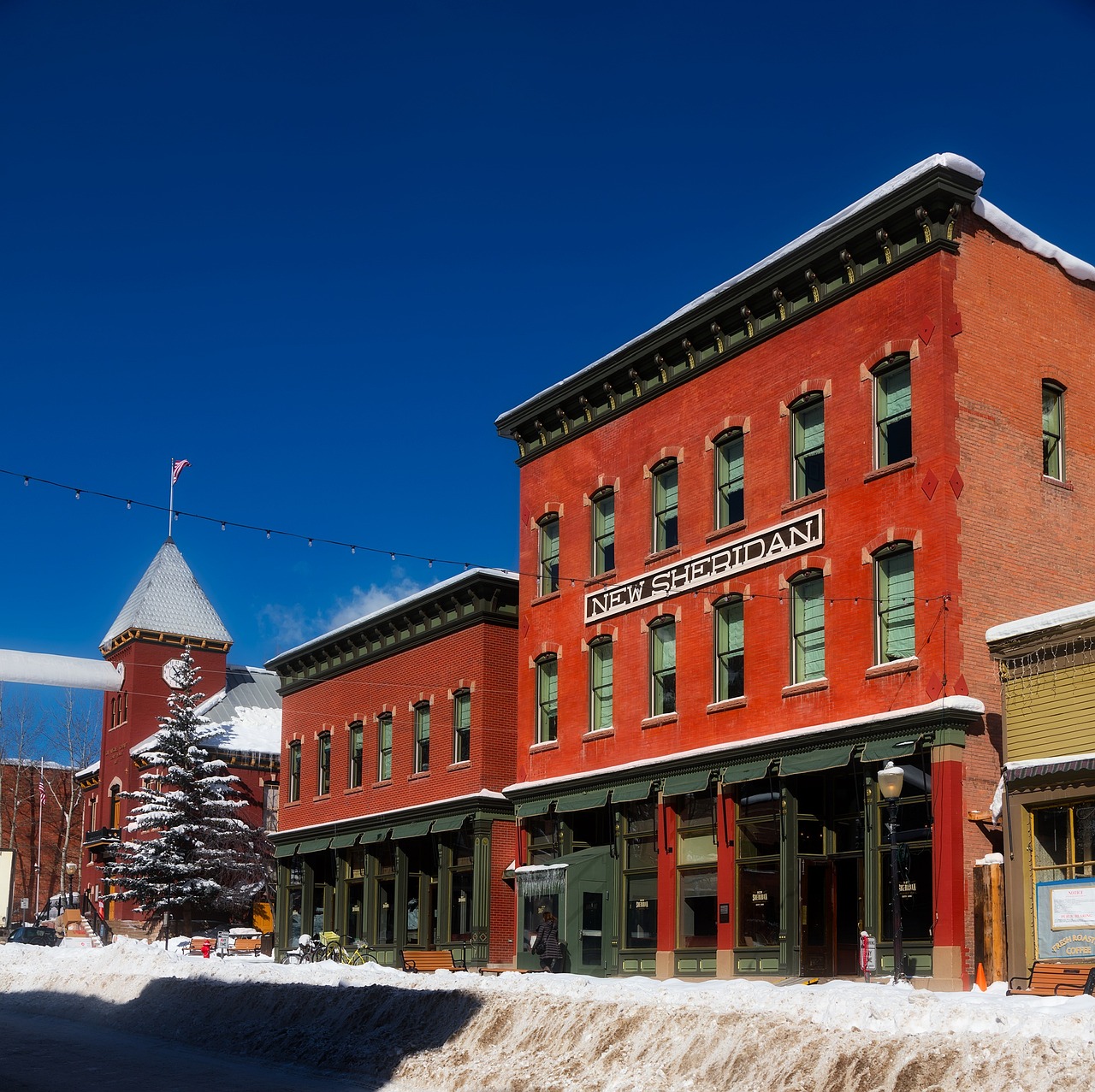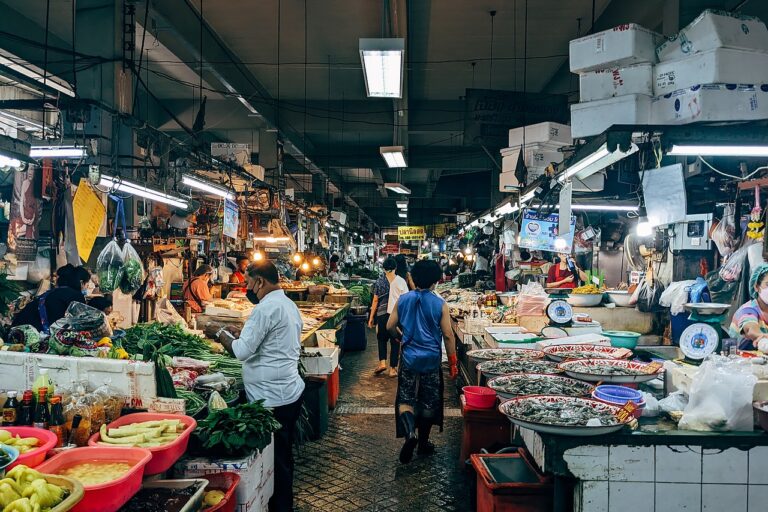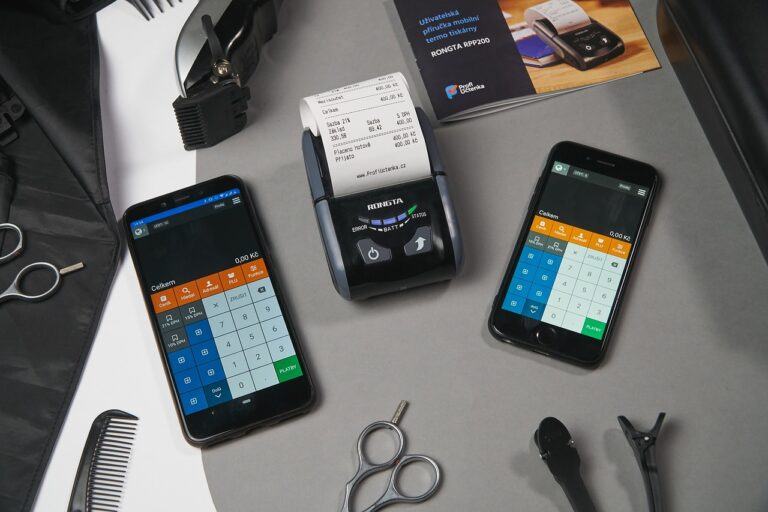The Influence of Pop-Up Shops on Consumer Trends
Pop-up shops have become a popular trend in the retail industry, offering unique and temporary shopping experiences for consumers. These temporary storefronts have been popping up in various locations, from vacant storefronts to festivals and events, attracting a wide range of shoppers looking for something new and exciting. The influence of pop-up shops on consumer trends is undeniable, as they have the power to shape shopping behaviors and drive sales in ways that traditional brick-and-mortar stores cannot.
The Rise of Pop-Up Shops
Pop-up shops have gained popularity in recent years due to their ability to create buzz and excitement around a brand or product. These temporary retail spaces are often used by both established brands and emerging businesses to test out new markets, generate hype for a product launch, or simply connect with consumers in a unique and memorable way.
One of the main reasons behind the rise of pop-up shops is their ability to create a sense of urgency and exclusivity. By offering limited-time-only products or exclusive deals, pop-up shops can drive foot traffic and increase sales in a short amount of time. This scarcity factor taps into consumers’ fear of missing out (FOMO) and prompts them to make impulse purchases they might not make in a traditional retail setting.
The Impact on Consumer Behavior
Pop-up shops have a significant impact on consumer behavior, influencing how people shop, what they buy, and where they choose to spend their money. These temporary retail spaces create a sense of excitement and novelty that can drive impulse purchases and encourage consumers to try new products or brands they may not have considered otherwise.
One of the key ways in which pop-up shops influence consumer behavior is through experiential marketing. These temporary storefronts offer an interactive and engaging shopping experience, allowing consumers to touch, feel, and try products in person before making a purchase. This hands-on approach to shopping can create a stronger emotional connection between consumers and brands, leading to increased loyalty and repeat business.
The Evolution of Pop-Up Shops
As the popularity of pop-up shops continues to grow, so too does their evolution. Brands are now using these temporary retail spaces not just as a marketing tool, but as a way to test new concepts, launch limited-edition collections, and build relationships with their customers. Pop-up shops have become a versatile and cost-effective way for businesses to connect with consumers and drive sales in an increasingly competitive retail landscape.
One of the latest trends in pop-up shops is the concept of “nomadic retail,” where brands move from one location to another, creating a sense of anticipation and excitement among their customers. This approach allows brands to reach new audiences, test out different markets, and stay top-of-mind with consumers who are always on the lookout for the next big thing.
The Future of Pop-Up Shops
As consumer preferences continue to evolve, the influence of pop-up shops on shopping trends is only expected to grow. Brands that can create engaging and memorable experiences for their customers through pop-up shops will be well-positioned to drive sales and build loyalty in an increasingly crowded marketplace. The temporary nature of these retail spaces allows brands to experiment with new ideas, test out different markets, and connect with consumers in a more personal and meaningful way.
With the rise of e-commerce and the shift towards experiential shopping, pop-up shops offer a unique opportunity for brands to cut through the noise and stand out in a crowded retail landscape. By leveraging the power of scarcity, exclusivity, and experiential marketing, pop-up shops have the potential to shape consumer trends and drive sales in ways that traditional retail stores cannot.
FAQs
What are pop-up shops?
Pop-up shops are temporary retail spaces that are set up by brands or businesses for a limited amount of time. These storefronts are often used to create buzz around a product or brand, test out new markets, or connect with consumers in a unique and memorable way.
How do pop-up shops influence consumer behavior?
Pop-up shops influence consumer behavior by creating a sense of urgency and exclusivity, offering interactive and engaging shopping experiences, and tapping into consumers’ fear of missing out (FOMO). These temporary retail spaces drive impulse purchases, encourage consumers to try new products, and build emotional connections between brands and customers.
What is the future of pop-up shops?
The future of pop-up shops is bright, as brands continue to leverage these temporary retail spaces to drive sales, build loyalty, and connect with consumers in new and innovative ways. The evolution of pop-up shops towards “nomadic retail” and the rise of experiential shopping trends suggest that these temporary storefronts will play a significant role in shaping consumer trends for years to come.







